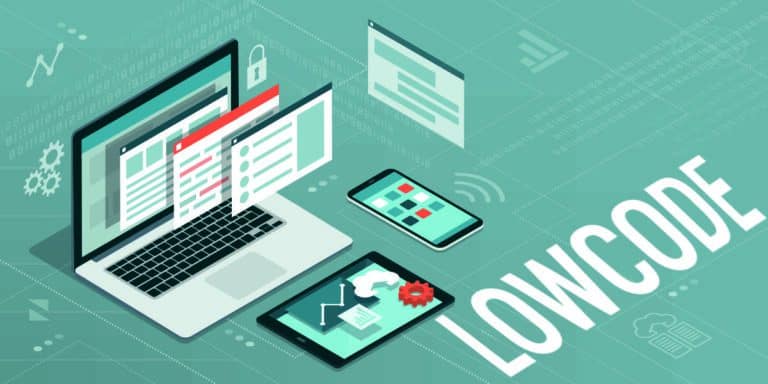The pandemic is creating demand from people doing DIY development projects, according to researchers.
The worldwide low-code development technologies market is projected to total $11.3 billion in 2021, according to the latest forecast by Gartner research. This represents an increase of 23.2% from 2020, according to the company.
The researchers say that the surge in remote development during the COVID-19 pandemic will continue to boost low- code adoption. This will happen despite “ongoing cost optimization efforts,” they say.
Demand for low code and no code drives growth of SaaS platforms
Gartner expects low-code as a general social and technological movement to continue growing significantly. For example, they expect low-code application platforms (LCAP) to remain the largest component of the low-code development technology market through 2022. The research forecasts an increase of 65% from 2020 to reach $5.8 billion this year.
For Gartner, low-code development (LCD) technologies include rapid mobile app development (RMAD) tools and rapid application development (RAD) tools. The research company considers low-code to be the evolution of RAD to cloud and SaaS models.
Gartner also defines a no-code application platform as an LCAP that only requires text entry for formulae or simple expressions. The LCAP market for Gartner thus includes no-code platforms.
Digital transformation pushes development beyond the realm of IT
The pandemic has generated an increased demand for custom software solutions in support of the digital transformation that COVID has forced on businesses. This in turn has sparked the emergence of citizen developers outside of IT, according to Gartner. That surge in “non-techie” development in turn has influenced the rise in low-code.
In fact, Gartner says that on average 41% of employees outside of IT customize or build data or technology solutions. Gartner predicts that half of all new low-code clients will come from business buyers that are outside the IT organization by year-end 2025.
“The economic consequences of the COVID-19 pandemic have validated the low-code value proposition,” said said Fabrizio Biscotti, research vice president at Gartner.
“Low-code capabilities that support remote work function, such as digital forms and workflow automation, will be offered with more elastic pricing since they will be required to keep the lights running.”
